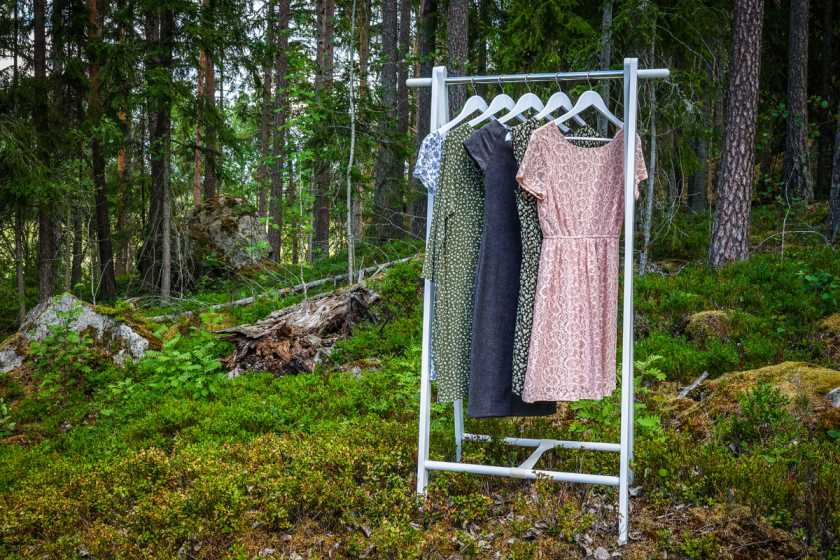Sustainability Watch: Eco-Friendly Trend for the Month



Recent years have seen a shift towards sustainability in all spheres of life as people are growing more conscious of the environment. As the climate emergency mounts over us, the danger is alarmingly near, and we must fully transition to eco-friendly, earth-loving practices.
The fashion industry alone accounts for a staggering 10 percent of the total global gas emissions, which would only rise if left unchecked. But this year, sustainability has made quite a splash in the fashion world and while the sustainable fashion trend picks up heat, let’s check out the eco-friendly trends that are buzzing this season.
1. Shift to an eco-supportive climate positivity

As regenerative agricultural practices take root, many brands are supporting this within the larger scope of climate positivity. Some designers have taken to earth-friendly practices of growing their products with zero carbon emissions and leaving the soil replete with nutrients, better than how they found it. The thrust is around the idea that fashion can limit harmful practices and turn them around to give back to the environment. AirCarbon, a startup, has pioneered carbon-negative leather by harnessing nature as they extract carbon and methane through a natural process.
2. Growing culture of hand-me-downs Pre-loved clothes or simply pre-worn clothes have always been a trend, but it also fits perfectly into the mold of sustainability today. Customers appreciate brands that are going the extra mile. In the latest trend, designers hand over the remainder of their collections to thrift shops and stores and tie up with places that upcycle fabrics. Thrifting not only makes a climate-positive impact by reintroducing clothes back into the wear- cycle but helps local businesses grow. It is a big nod towards sustainable fashion, and we’re all completely on board. 3. The capsule collection With the pandemic rewriting so many things, it’s no surprise that the biggest influence has been on our personal styles. A result of working from home is that the work fashion came to be redefined, with loungewear and sweatpants and casual co-ords becoming the entirety of our work collection. This has also led to a more frugal outlook as more people realise that work dressing can be achieved without shelling out a big buck and with just a few basic items. The capsule collection, as a result, has become a major fashion trend for sustainable fashion this season. 4. Why buy when you can rent itRenting is no longer limited to that one sloppy formal wear item that just feels like you got it from a cruddy place. There has been a growing culture of renting clothes across various platforms, and it makes more sense now more than ever. While it’s great to invest in pieces that serve you well, it is smarter just to rent it if you only require something for a one-off event. Designers are already making their merchandise available on the renting platform. What’s even better is that there’s been a definite rise in the quality and fit of the products that are being rented.
5. Towards an ethical fashion
More and more brands are growing open in their offerings to include different body types and races to promote a healthy mindset around discrimination and cultural appropriation issues. People are flocking around the more culturally and environmentally sensitive brands stepping up to exhibit their products more inclusively. There has been a significant shift towards inclusive marketing practices. Various industries consider broadening their purview to fit different genders, ages, body types, skin colors, and sexuality in their marketing strategies. This trend is expected to snowball into bigger changes as more brands use merchandising and marketing in line with these values.
Conclusion The call for action on the climate crisis is now, and remapping your fashion choices is one way to get there. Sustainability has grown into a major lifestyle trend that has promoted a responsible fashion that doesn’t strip the environment and adds more value. We at Fashinza promotes sustainable fashion trends that are here to stay, and with them, there’s hope as the fashion industry dusts off the issue that has long been swept under the rug.


















